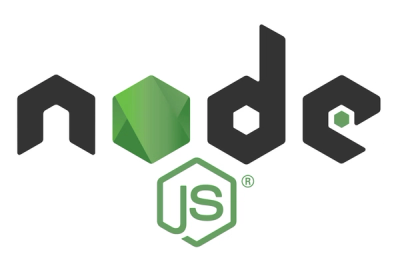
Security News
ECMAScript 2025 Finalized with Iterator Helpers, Set Methods, RegExp.escape, and More
ECMAScript 2025 introduces Iterator Helpers, Set methods, JSON modules, and more in its latest spec update approved by Ecma in June 2025.
decidim-navigation_maps
Advanced tools
This module allows admins to upload any arbitrary image and draw sensible zones over it with direct links to other places (ie: a specific participatory process) or display a popup explaining something.
Maps can be displayed in the homepage or as part of a process group landing.
NavigationMaps is available as a Content Block widget (currently for the homepage only).


Add this line to your application's Gemfile:
gem "decidim-navigation_maps"
And then execute (remember to repeat this if you are upgrading from version 1.1):
bundle
bundle exec rails decidim_navigation_maps:install:migrations
bundle exec rails decidim_navigation_maps:webpacker:install
bundle exec rails db:migrate
NOTE: the
decidim_navigation_maps:webpacker:installis only necessary for Decidim versions starting at 0.25.
If you are upgrading from a version prior to 1.3, make sure that you migrate your existing images to Active Storae:
RAILS_ENV=production bin/rails navigation_maps:active_storage_migrations:migrate_from_carrierwave
Or check your migration status with:
RAILS_ENV=production bin/rails navigation_maps:active_storage_migrations:check_migration_from_carrierwave
The correct version of Navigation Maps should resolved automatically by the Bundler.
However you can force some specific version using gem "decidim-navigation_maps", "~> 1.3.0" in the Gemfile.
Depending on your Decidim version, choose the corresponding Plugin version to ensure compatibility:
| Navigation Maps version | Compatible Decidim versions |
|---|---|
| 1.3.x | 0.25.x, 0.26.x |
| 1.2.x | 0.24.x |
| 1.1.x | 0.22.x, 0.23.x |
| 1.0.x | 0.18.x - 0.21.x |
See Decidim.
To start contributing to this project, first:
Decidim's main repository also provides a Docker configuration file if you prefer to use Docker instead of installing the dependencies locally on your machine.
You can create the development app by running the following commands after cloning this project:
bundle
DATABASE_USERNAME=<username> DATABASE_PASSWORD=<password> bundle exec rake development_app
Note that the database user has to have rights to create and drop a database in order to create the dummy test app database.
Then to test how the module works in Decidim, start the development server:
cd development_app
DATABASE_USERNAME=<username> DATABASE_PASSWORD=<password> bundle exec rails s
In case you are using rbenv and have the
rbenv-vars plugin installed for it, you
can add the environment variables to the root directory of the project in a file
named .rbenv-vars. If these are defined for the environment, you can omit
defining these in the commands shown above.
Please follow the code styling defined by the different linters that ensure we are all talking with the same language collaborating on the same project. This project is set to follow the same rules that Decidim itself follows.
Rubocop linter is used for the Ruby language.
You can run the code styling checks by running the following commands from the console:
bundle exec rubocop
To ease up following the style guide, you should install the plugin to your favorite editor, such as:
To run the tests run the following in the gem development path:
bundle
DATABASE_USERNAME=<username> DATABASE_PASSWORD=<password> bundle exec rake test_app
DATABASE_USERNAME=<username> DATABASE_PASSWORD=<password> bundle exec rspec
Note that the database user has to have rights to create and drop a database in order to create the dummy test app database.
In case you are using rbenv and have the
rbenv-vars plugin installed for it, you
can add these environment variables to the root directory of the project in a
file named .rbenv-vars. In this case, you can omit defining these in the
commands shown above.
If you want to generate the code coverage report for the tests, you can use
the SIMPLECOV=1 environment variable in the rspec command as follows:
SIMPLECOV=1 bundle exec rspec
This will generate a folder named coverage in the project root which contains
the code coverage report.
If you would like to see this module in your own language, you can help with its translation at Crowdin:
https://crowdin.com/translate/decidim-module-navigation_maps
This engine is distributed under the GNU AFFERO GENERAL PUBLIC LICENSE.
This plugin has been developed by 
Amb el suport de l'Ajuntament de Barcelona - Direcció de Serveis d'Innovació Democràtica
FAQs
Did you know?

Socket for GitHub automatically highlights issues in each pull request and monitors the health of all your open source dependencies. Discover the contents of your packages and block harmful activity before you install or update your dependencies.

Security News
ECMAScript 2025 introduces Iterator Helpers, Set methods, JSON modules, and more in its latest spec update approved by Ecma in June 2025.

Security News
A new Node.js homepage button linking to paid support for EOL versions has sparked a heated discussion among contributors and the wider community.

Research
North Korean threat actors linked to the Contagious Interview campaign return with 35 new malicious npm packages using a stealthy multi-stage malware loader.